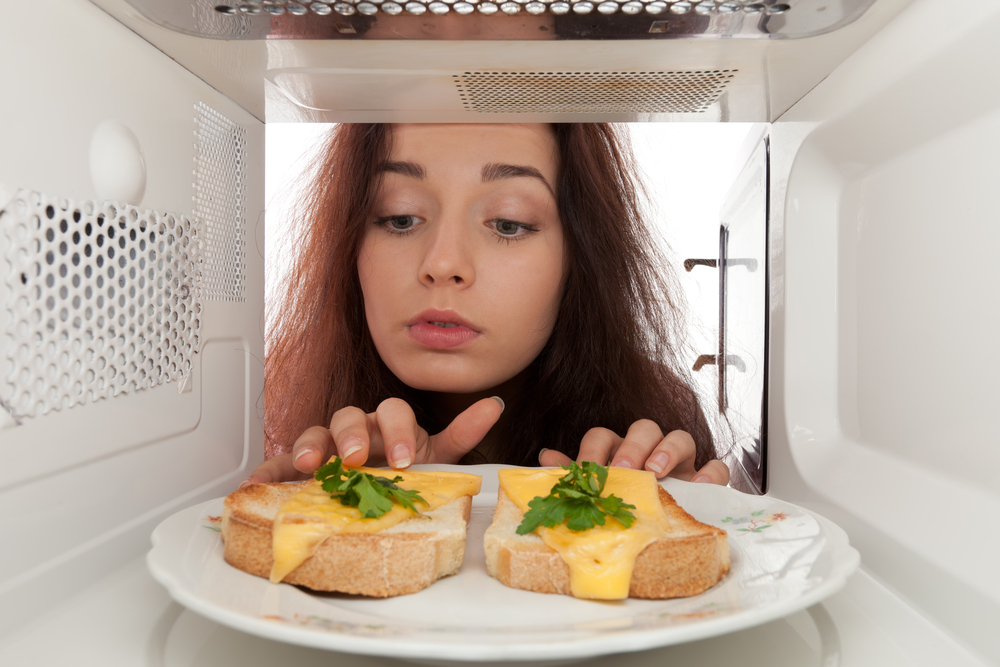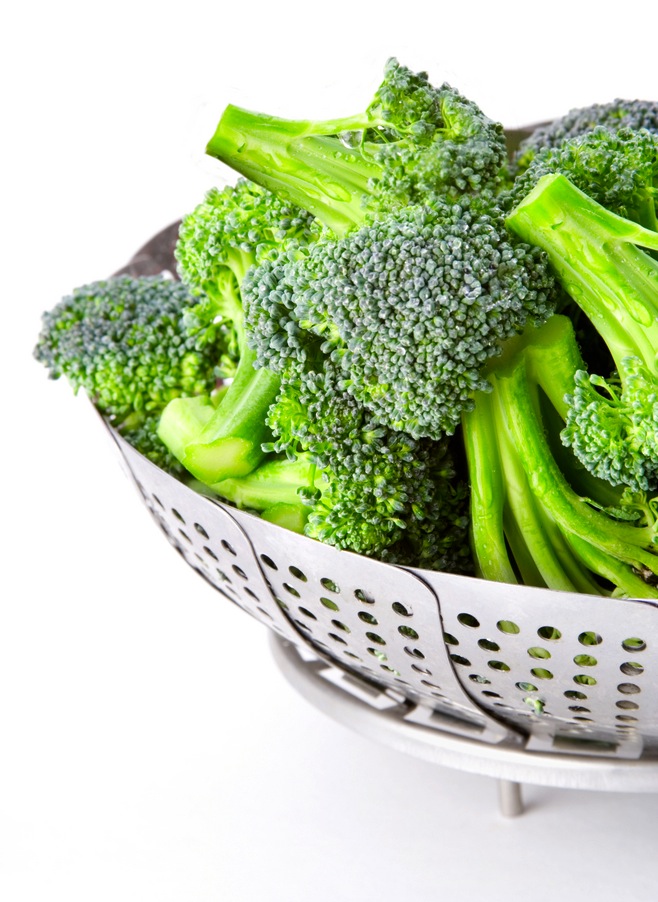Does Microwaving Destroy Nutrients?

Lately I have been hearing and reading about the idea that microwave ovens destroy the nutrients in our foods.
And I have even heard that microwaving can be outright dangerous.
So I thought this might be an important topic to investigate.
Well, I have some news for you…
It turns out that microwaving your food does not destroy nutrients, in fact it demonstrates equal or better retention of nutrients as compared to other cooking methods…1
For example, studies at Cornell University found that spinach retained nearly all its folate when cooked in a microwave, but lost about 77 percent when cooked on a stove.2
A meta-analysis of the microwave nutrient issue published by the The Journal of The American Dietetic Association concluded that:
“…studies showed equal or better retention of nutrients for microwave, as compared with conventional, reheated foods for thiamin, riboflavin, pyridoxine, folic acid, and ascorbic acid.”
They also found that that bacon cooked in the microwave has significantly lower levels of cancer-causing nitrosamines than conventionally cooked bacon.
The Science of Nutrients and Cooking
The first fact to know is that every method of cooking can destroy nutrients.
 The
main issues to consider are:
The
main issues to consider are:
• Cooking Time: The less the better
• Amount of Liquid Used: The less the better
• Cooking Intensity: The lower the better
With microwave ovens, cooking times can be so fast that they actually use less heat (intensity) than most other cooking methods.
By using low heat, microwaves can help preserve the most heat sensitive nutrients like B & C vitamins and folic acid.
And as already mentioned, microwave cooking times are shorter than almost all conventional methods.
One of the biggest nutrient-draining cooking methods seems to be boiling because of the submersion in excess water. 3
In a study involving broccoli, between 74% and 97% of nutrients were lost when water was added to the cooking method, while when steamed or cooked without water very few nutrients were lost.
How to Cook Using The Microwave
(This advice actually applies to non-microwave cooking as well.)
First, make sure not to add additional water. For example, after you rinse your vegetables off, make sure to dry them off with a towel before putting them in the microwave.
Second, cook as little as possible. As with any cooking method, it is best to undercook as opposed to overcook.
Third, try steaming. There are a lot of frozen vegetable that come in bags you can plop in the microwave and steam.
I hope you have enjoyed this information, and please share your thoughts on this subject below. I know there are plenty of strong opinions on the subject.

Dr. Steven Sisskind, M.D.
1. Hoffman CJ, Zabik MEp. Effects of microwave cooking/reheating on nutrients and food systems: a review of recent studies. J Am Diet Assoc. 1985 Aug;85(8):922-6.
2. http://www.nytimes.com/2006/10/17/health/17real.html
3. F Vallejo, FA Tomas-Barberan, C Garcia-Viguera. Phenolic compound contents in edible parts of broccoli inflorescences after domestic cooking. Journal of the Science of Food and Agriculture 2003 Nov; 83(14):1511- 1516
Copyright © 2013 RealDose Nutrition LLC. All rights reserved.